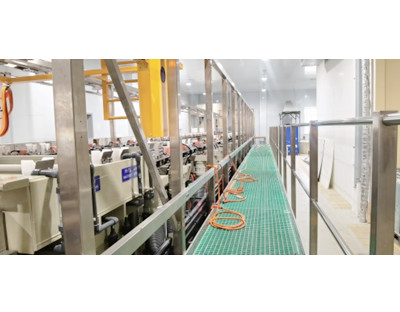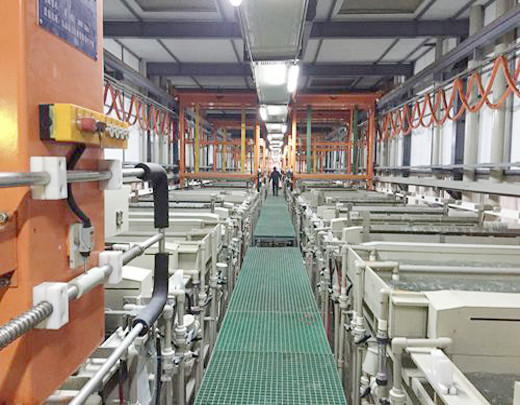The function of the electroplating hanger of the electroplating equipment is very clear. If it is defined, that is, the hanger is a tool used to hang and load the plated parts and conduct the cathode current to the plated parts. It’s that simple. However, it is such a simple hanger that plays a very important role in electroplating quality and efficiency. Whether the hanger is properly designed or selected is sometimes related to the success or failure of electroplating processing.
Therefore, after its definition, a sentence should be added, that is, its structure, shape and conductivity are directly related to the efficiency and quality of electroplating.Therefore, the management of electroplating hanger is very important for electroplating processing. Most of the electroplated products are indeed hung on the hook for electroplating, and the name of the hanger comes from this, but it is by no means a hanging.The position, direction and quantity of the plated parts on the hanger, as well as the distance and relative position of the front and rear, left and right, up and down plated parts, have an important impact on the quality and production efficiency of this (or this batch) product.
If the hanging rack is always hot, the design or selection of the rack is inappropriate. Because at this time, some electric energy is doing useless work to heat the plating solution. When it comes to the function of the hanger, it comes to suspension and loading, which shows that the form of the hanger is not only hook shaped, but also other ways, such as disk plating, continuous plating, roll plating, etc., which are all extensions of the hanger way.
The connection between electroplated products and the hanger depends on the weight of the metal parts themselves and the hook on the hanger, which is called gravity conduction.When non-metallic plating, especially plastic plating, is carried out, because the relative density is less than or close to the plating solution, the buoyancy generated by the plating solution will make the plated part unstable on the hanging racks, and even the whole hanger will float.Therefore, the selection of hangers for non-metallic electroplating has more requirements than metal electroplating.
The plating layers plated on the hanger and in different parts of the plating bath are often different, and the effect of the plating bath with insulating lining and without insulating lining is also different.Electric leakage will also occur in the uninsulated plating tank, so the plated parts placed in different parts of the plating tank shall be checked regularly. When the electroplating current is large, such as chromium plating, the loading capacity and placement position of parts are particularly affected, because in this case, the plating solution generates more heat, which is easy to make the temperature difficult to control and the coating easy to be uneven.





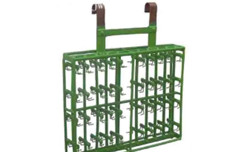
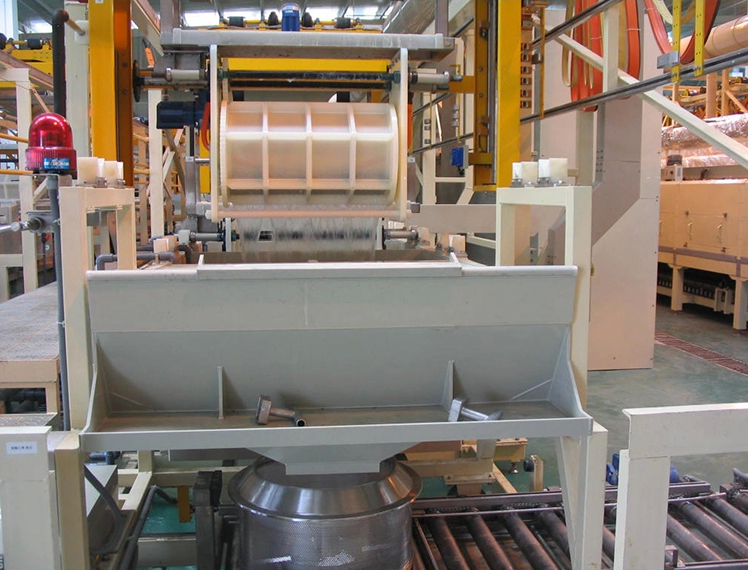
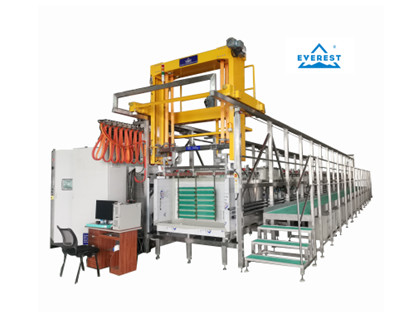
 Mar. 08, 2022
Mar. 08, 2022 